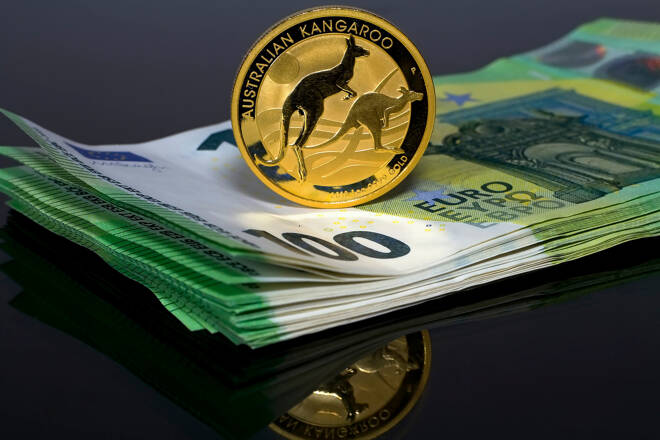Advertisement
Advertisement
AUD to USD Forecast: China Trade and RBA Deputy Governor Hauser in Focus
By:
Key Points:
- On Friday (June 7), trade data from China will influence buyer demand for the Aussie dollar.
- An upward trend in imports and exports would align with recent PMI numbers from China, signaling an improving demand environment.
- Later in the session on Friday, the US Jobs Report will impact investor bets on a September Fed rate cut.
China Trade Terms and the Australian Economy.
On Friday (June 7), trade data from China could influence buyer appetite for the AUD/USD.
Economists forecast the US dollar trade surplus to widen from $72.35 billion to $73.00 billion in May. Furthermore, economists expect exports to increase 6.0% year-on-year after rising 1.5% in April. Economists predict imports to rise 4.2% year-on-year after increasing 8.4% in April.
Better-than-expected import and export numbers from China would align with recent Caixin private sector PMI numbers from China. Overseas demand improved further in May, albeit at a less marked rate than in April.
Improving trade terms could boost the Australian economy and the Aussie dollar. China accounts for one-third of Australian exports. Australia has a trade-to-GDP ratio of over 50%, with 20% of its workforce in trade-related jobs.
Moreover, a pickup in economic activity in China could allow RBA staff to revise Australian economic growth forecasts. In February, RBA Governor Michele Bullock highlighted that RBA staff GDP projections considered weakness in the Chinese economy. RBA staff projected growth of 1.8% for 2024.
Upward revisions to growth forecasts could leave the RBA on a higher-for-longer rate path.
Beyond the numbers, RBA Deputy Governor Andrew Hauser is on the calendar to speak. Views on the economic outlook, inflation, and interest rates need consideration.
US Economic Calendar: US Jobs Report in Focus
Later in the session on Friday, the heavily anticipated US Jobs Report will attract investor attention.
Economists forecast average hourly earnings to increase 3.9% year-on-year in May after rising 3.9% in April. Additionally, economists expect nonfarm payrolls to rise by 185k after an increase of 175k in April. However, economists predict the unemployment rate to remain unchanged at 3.9%.
Softer-than-expected labor market data could fuel investor expectations of a September Fed interest rate cut.
Weaker labor market conditions could affect wage growth and reduce disposable income. Downward trends in disposable income may impact consumer spending and dampen demand-driven inflation.
Average hourly earnings numbers may impact the US dollar more. Downward trends in wage growth could have more immediate effects on consumer spending and inflation.
Short-Term Forecast
Near-term AUD/USD trends will hinge on the trade data from China and the US Jobs Report. Upbeat trade data from China and weaker-than-expected US labor market data could tilt monetary policy divergence toward the Aussie dollar.
AUD/USD Price Action
Daily Chart
The AUD/USD sat above the 50-day and 200-day EMAs, affirming the bullish price trends.
An Aussie dollar break above the $0.67003 resistance level would support a move toward the $0.67500 handle.
Investors should consider trade data from China and the US Jobs Report.
Conversely, an AUD/USD break below the $0.66500 handle could give the bears a run at the 50-day EMA. A fall through the 50-day EMA could signal a drop toward the 200-day EMA and the $0.65760 support level.
With a 14-period Daily RSI reading of 56.81, the AUD may return to the $0.67500 handle before entering overbought territory.
About the Author
Bob Masonauthor
With over 28 years of experience in the financial industry, Bob has worked with various global rating agencies and multinational banks. Currently he is covering currencies, commodities, alternative asset classes and global equities, focusing mostly on European and Asian markets.
Did you find this article useful?
Latest news and analysis
Advertisement
